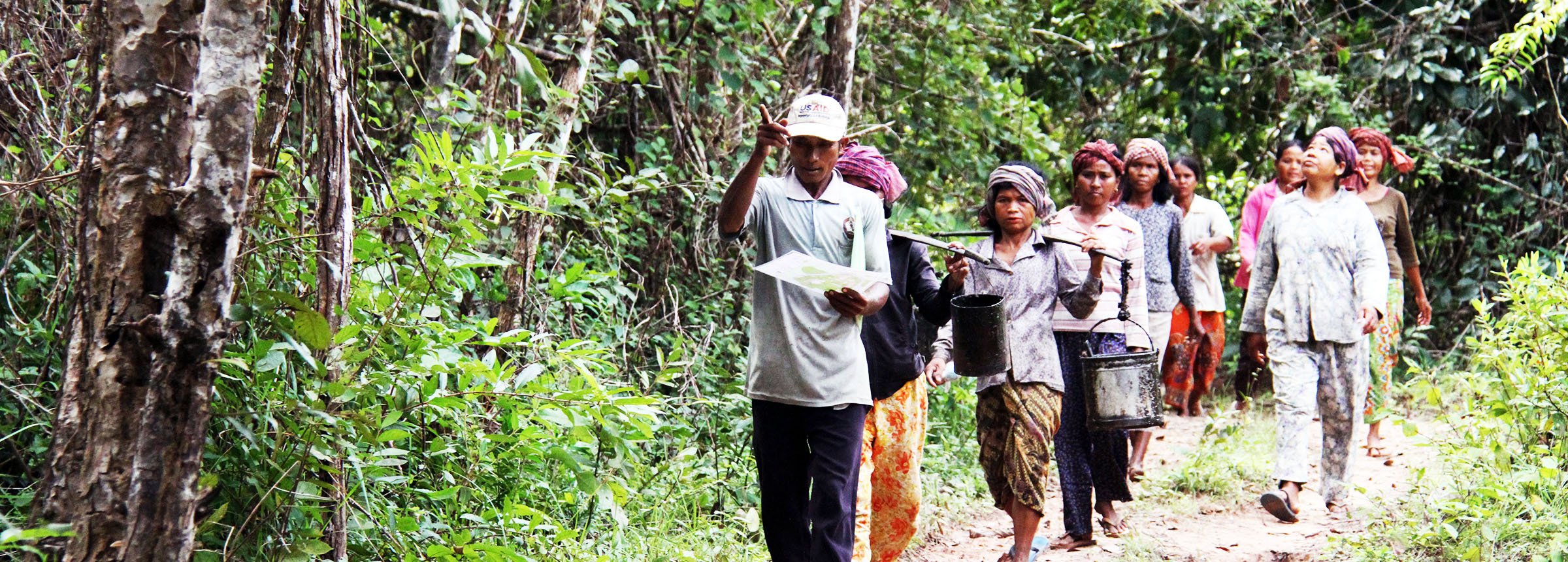
Perennial Sesbania Species in Agroforestry Systems: Proceedings of a Workshop Sponsored by: International Council for Research in Agroforestry (ICRAF) and Nitrogen Fixing Tree Research Association (NFTA) – 1989
Forest, Farm, and Community Tree Network (FACT Net)
Winrock International Institute for Agricultural
Internet: forestry@winrock.org
*******************************************
FACT NET CANNOT PROVIDE COPIES OF ARTICLES.
Price: US$7 per volume plus shipping/handling.
******************************************
Table of Contents
Official Opening Hon. J. J. M. Nyagah, E. G. H., M.
P., Minister for Environment and Natural Resources,
Kenya 1
Section I. State-Of-The-Art Reports
A. Basic Biology and Germplasm
Evans, Dale O. What is Sesbania? Botany, taxonomy,
plant geography, and natural history of the perennial
members of the genus 5
Hussain A. Soil requirements of Sesbania 21
Ndoye, I., K. Tomekpe, Y. R. Dommergues, and B.
Dreyfus. Sesbania and Rhizobium symbiosis: nodulation
and nitrogen fixation 31
Brewbaker, James L. Breeding systems and genetic
improvement of perennial Sesbania 39
Wanyondu, Juliet W. Sesbania seed, seed handling,
testing, and storage 45
Macklin, Bill. Germplasm sources and future needs 49
B. Management and Utilization
von Carlowitz, Peter G. Uses and functions of
perennial and semiperennial Sesbania species–
an overview 57
Oduol, P. A. and E. W. Akunda. Growth rates and wood
productivity of perennial Sesbania 63
Dutt, A. K. and Urmila Jamwal. Woodfuel properties of
Sesbania 73
Topark-Ngarm, Anake and R. C. Gutteridge. Fodder
productivity of perennial Sesbania species 79
Tothill, J. C., J. Reed and Asres Tsehay.
Genetic resources and fodder quality in Sesbania 89
Ku, Yun-Chuan and I-Chen Wang.Pulping of Sesbania
species 93
Anderson, D. M. W. Sesbania species as source of gum
exudates and seed galactomannan gums 99
Ferentinos, Lisa. Human consumption of Sesbania
grandiflora 105
Yamoah, Charles and Amare Getahun. Alley cropping and
crop yield enhancement with Sesbania species 109
Murphy, S. T. Pest of Sesbania species and Sesbania
species as pests:A review 123
Section II. Case Study Reports: Regional field
experience with perennial Sesbania species
Kwesiga, F. R. The potential of Sesbania sesban in the
traditional land use systems of Zambia 131
Singh, N. T. Perennial Sesbania in India 139
Franco, A. A., R. Monteiro and S. M. Faria. Regional
field experience with Sesbania species in Latin America 151
Thomson, Lex A. J. Australia’s perennial Sesbania 159
Onim, J. F. Moses, K. Otieno and B. Dzowela. The role
of Sesbania as multipurpose trees in small-scale farms
in western Kenya 167
Weerakoon, W. L. Sesbania in indigenous farming
systems in Sri Lanka 181
Rao, D. L. N., H. S. Gill and I. P. Abrol. Regional
experience with perennial Sesbania in India 189
Hegde, N. G. Perennial Sesbania in western India, a
case study 199
Section III. Volunteer Papers
Odee, D. W. Some characteristics of the Rhizobium
symbiosis of Sesbania sesban and its potential for
biological nitrogen fixation in Kenya 203
Kaudia, Alice and Amare Getahum. Effect of tree
density on biomass yields of Sesbania sesban under
alley cropping system 211
Hughes, C. E. Yucaratonia: A Sesbania-Gliricidia
intermediate 217
Mengistu, Solomon. Report of a survey and collection
mission for Sesbania germplasm in Tanzania 221
Marcar, N. E., D. F. Crawford and L. A. J. Thomson.
Preliminary results of glasshouse experimentation with
Sesbania formosa, and responses of Sesbania formosa
provenances to salt and waterlogging 231
SectionIV. Working Group Reports 235
Section V. Participants 240
